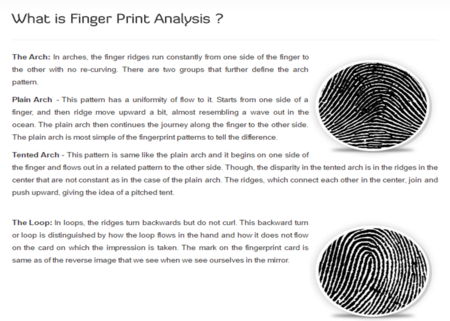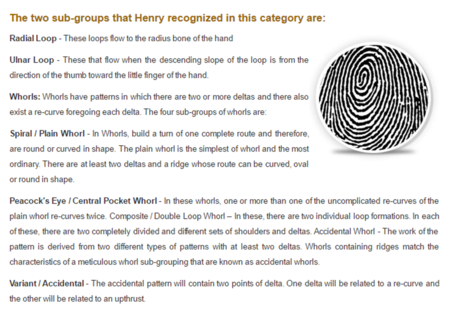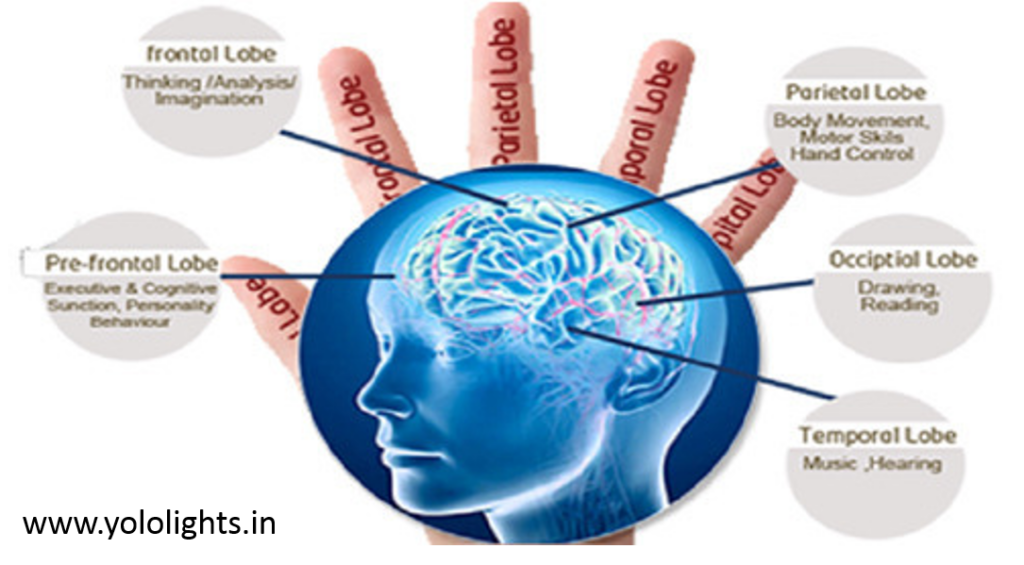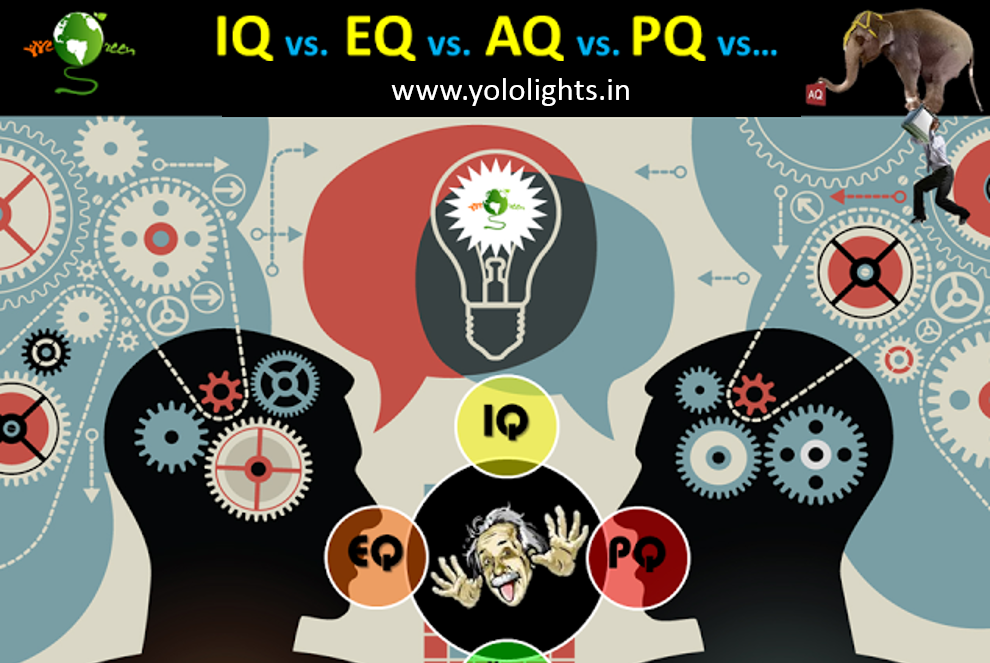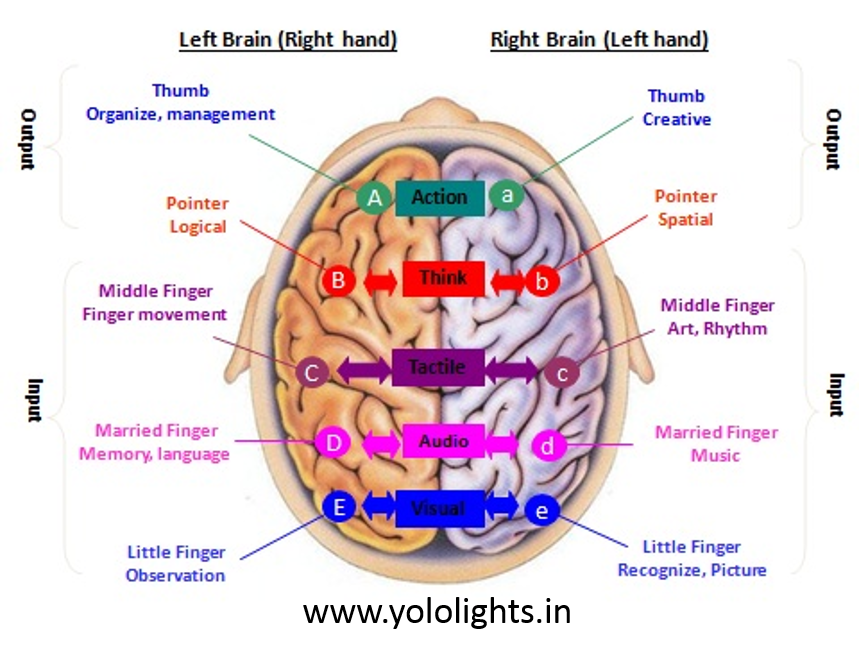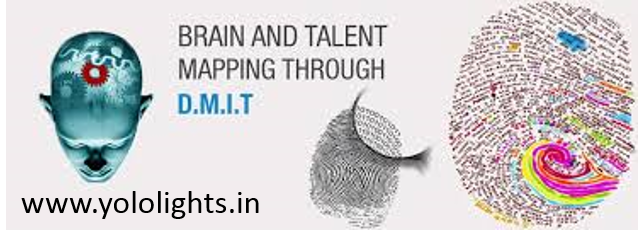What is Dermatoglyphics Multiple Intelligence Test (DMIT)?
Dermatoglyphics Multiple Intelligence Test (DMIT) is a biometric analysis of the fingerprints;developed by scientists and medical experts based on Genetics, Embryology, Dermatoglyphics and Neuroscience through methods of observation records, comparison and summarization.
Medical experts confirmed that fingerprints provide accurate analysis of a person’s inborn talents.
This assessment system analyses the distribution of – brain, – learning capacity and – allocation of cerebral function in a child to provide relevant statistical report of individual innate intelligence and hence allows development of the child in the realm of dominant intelligence.
Benefits of Dermatoglyphics Fingerprint Analysis:
- INBORN STRENGTHS, WEAKNESSES & REMEDIES of a human being (adult/child) are found
- Intra-personal, Inter- personal, Logical, Visualization, Fine & Gross Motor Skills, Language ability, Music & Sound, Nature Love & Visual appreciation analyzed.
- One’s POTENTIAL is accurately found.
- BRAIN DOMINANCE: LEFT BRAINER (LOGICAL) OR RIGHT BRAINER (CREATIVE)-(%)
- LEARNING STYLE of an individual is found.
- QUOTIENTS (Intelligent, Creative, Emotional & Adversity)
- EXTRA CURRICULUM ACTIVITIES GRAPH
- ACQUIRING METHOD (Self Cognitive, Affective, Reverse Thinker, Reflective)
- PERSONALITY TYPE (Dominant, Influential, Compliant or Steady)
- Realistic, Investigative, Conventional, Artistic, Enterprising & Social attributes accurately accessed by Holland Method.
- BEST CAREER OPTIONS found and appropriate counselling can be done.
DMIT reports can be of following kinds depending upon what your requirement is:
Life Time Report:
Life Time report gives complete analysis of Brain Mapping. It covers following components and can be done for any age group starting from 6 months onwards:
Neuron Distribution & Ridge Count
Four Quotients (IQ, EQ, CQ, AQ)
Personality Type
Learning Style
Acquiring Style
Career Options
Intelligence Details
Behavioral Report:
This report is suitable for children of ages 1 to 10 years. For this age group parents are more concerned about behavior & learning style instead of selection of streams & career. It covers following components:
Neuron Distribution & Ridge Count
Four Quotients (IQ, EQ, CQ, AQ)
Personality Type
Learning Style
Acquiring Style
Career Guidance Report:
This report is focused on career guidance & stream selection and is suitable for age group 11 yrs to 20 yrs. It covers following components:
Neuron Distribution & Ridge Count
Four Quotients (IQ, EQ, CQ, AQ)
Personality Type
Career Options
Skill Set Report:
This report comes with skill certification and can be used as a certificate for the inborn skills of a person at the time of interview. The preferred age group for this report is 20 years onwards. It covers following components:
Neuron Distribution & Ridge Count
Four Quotients (IQ, EQ, CQ, AQ)
Personality Type
Learning Style
Skill Set Certificate
Matrimonial Compatibility Report:
This report is for couples to assess behavior, personality and compatibility between them. In this report analysis of both the partners in a couple is done. It covers following components:
Neuron Distribution & Ridge Count
Four Quotients (IQ, EQ, CQ, AQ)
Personality Type
Learning Style
Acquiring Style
Compatibility
Brain & Fingers – What is the Connection?
Right Brain is corresponding to Left Hand and Left Brain is corresponding to Right Hand.
It was discovered, long back, that if a baby is born without brain he would not have fingerprints on his hands; you must be aware of Down’s Syndrome. Researches verify that brain lobes are most definitely connected to fingerprints. Neurobiologists point out that our fingerprints development are synchronised with that of the neocortex.
Canadian neurology professor Penfield published the chart between brain regions and bodily functions. In the chart, he has elaborated upon the relationship between fingerprints and the brain. Japanese medical experts have pointed out that the fingers are closely related to the brain hemisphere. Therefore, dermatoglyphics is widely used assessment there in many fields.

Understanding Fingerprints:
A fingerprint is an impression of the friction ridges found on the inner surface of a finger or a thumb. The science of fingerprinting constitutes the only unchangeable and infallible means of positive identification known to man.
When humans come in contact with an object or touch it, they leave a proof behind in the form fingerprints – friction ridges of a human finger. Oil and sweat gets collected on these ridges and is transferred to objects, thus leaving a duplicate of the fingerprint pattern. Sometimes, the secretions may seep into an absorbent surface such as a paper, leaving a slight blot. And, sometimes if a finger makes contact with a liquid or a thick substance, such as ink or blood, it may leave a visible print behind. Human fingers, toes, palms and foot soles are naturally covered with friction ridges that help a person in gripping objects and the ground. These ridges are also connected to our nerves, so the individual feels even if it has a slightest of pressure against the ridge. These ridges create the patterns of the fingerprints. These fingerprint patterns are formed in the womb and remain in the body till death. They hardly change unless and until there is some kind of injury, mutation or external change. Our fingerprints have tiny lines of concentric ridges. The general forms these ridges take are loops, accidental, whorls and arches. There are many print records that are organized into these categories for easy reference during fingerprint analysis.
The ridges make distinctive fingerprints that are based on minute variations in their patterns. The small differences are called finer points or minutiae. Common finer points include ridge endings, ridge splits culled bifurcations and crossovers that connect two ridges. Other minutiae include lakes, islands, and dots. Lakes are open places with a single ridge. Islands are small ridges, and dots are minute ridges that are nearly round. The fact that fingerprints remain unchanged almost throughout life is one reason that makes fingerprint analysis successful in identifying individuals from their prints. Every pattern is different and unique and not even one finger has the same print. Although no study has confirmed that all fingerprints are exclusive in all the years of records, no two have ever been found to be totally matching. Everyone’s finger pattern is exclusive, which is why they are used widely by forensics to identify individuals. Fingerprinting analysis has been used for more than a century, and is widely used by law enforcement agencies.
